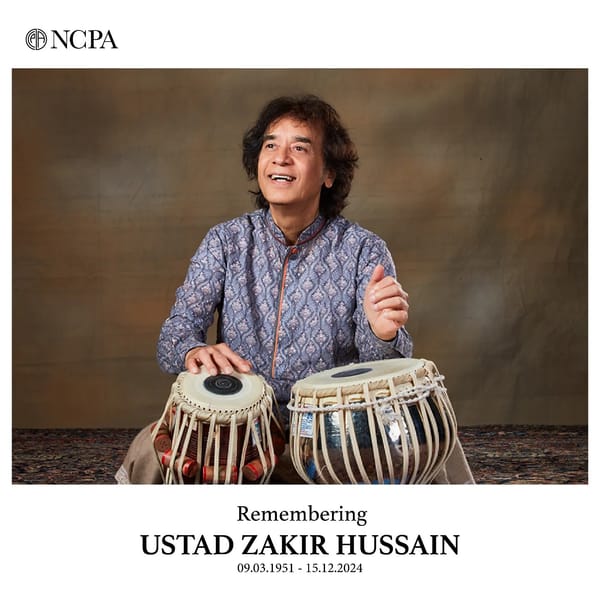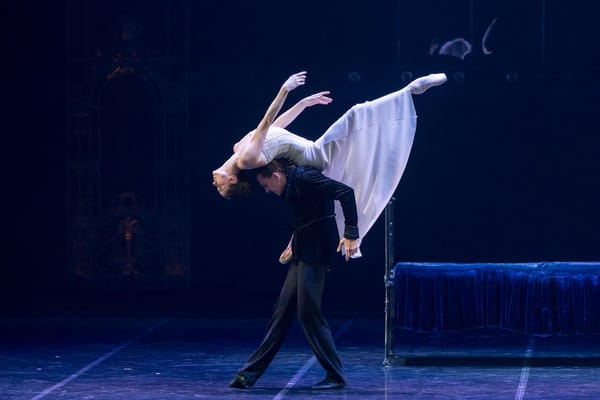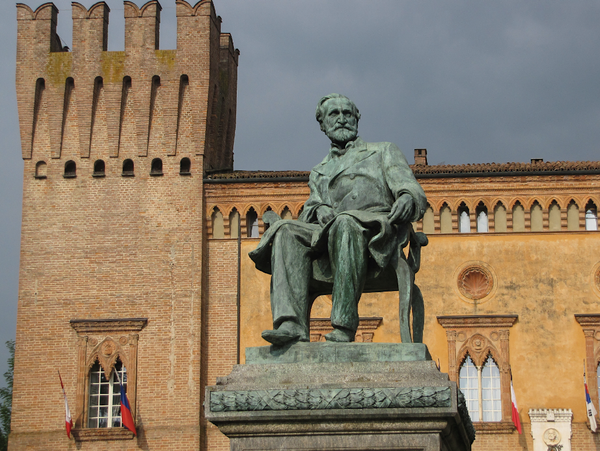Plucked to Perfection: The Harpsichord’s Vital Role in Early Music
Discover the harpsichord’s rich history and its central role in early music—from continuo accompaniment to solo brilliance—and how it continues to enchant audiences through historically informed performance today.
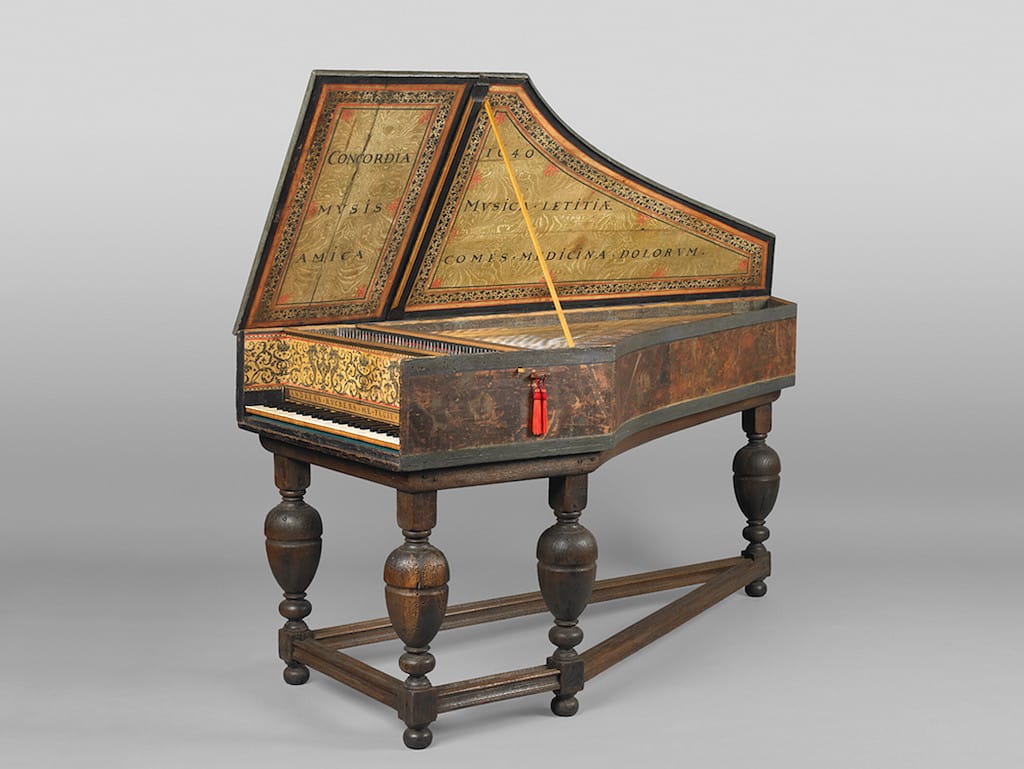
The harpsichord, with its distinctive, bell-like tone and elegant appearance, occupies a central place in the history of Western classical music. As a defining instrument of the Renaissance and Baroque periods, the harpsichord played a vital role in the development of early music, both as a solo instrument and within ensembles. Despite its eventual eclipse by the fortepiano and the modern piano, the harpsichord’s contribution to the evolution of musical language and performance practice remains profound. Its revival in the 20th century, particularly through the efforts of historically informed performance practitioners, has ensured that the harpsichord continues to charm and captivate audiences today.
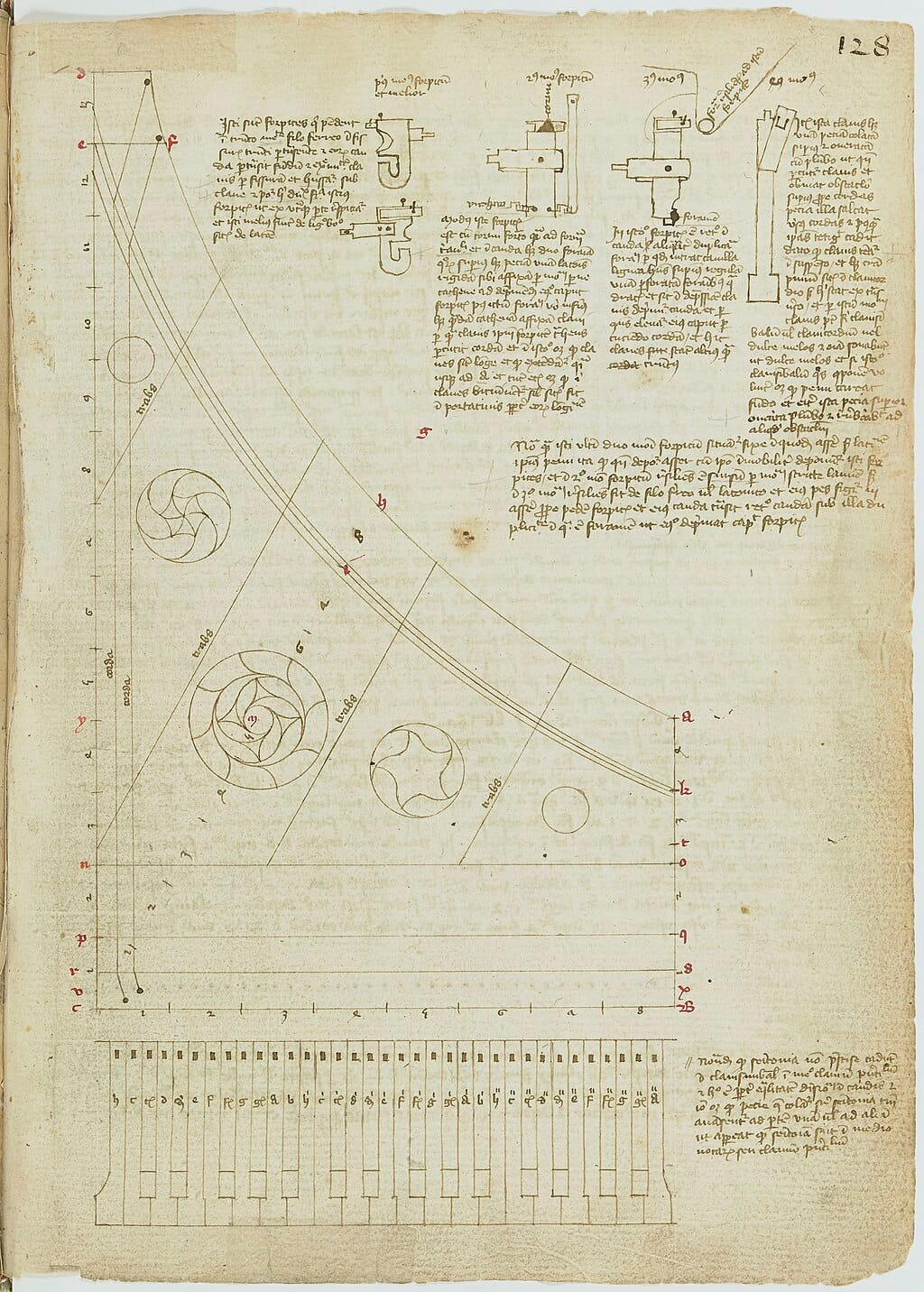
Origins and Evolution
The harpsichord first emerged in the late Middle Ages, with the earliest known references dating back to the 14th century. By the early 16th century, it had taken on more recognisable forms, particularly in Italy and Flanders. Unlike the piano, which strikes strings with hammers, the harpsichord plucks its strings with quills or plectra—traditionally made from bird feathers—when the keys are depressed. This mechanism results in a bright, clear sound, though without the capacity for dynamic variation based on finger pressure.

Throughout the Renaissance, the harpsichord evolved in both form and function. Italian models were often lighter in construction, producing a more delicate tone suited for intimate settings. Meanwhile, Flemish makers such as the Ruckers family developed instruments with a richer resonance and more powerful projection, setting new standards for craftsmanship and tonal quality. By the Baroque period, the harpsichord had become an essential component of musical life across Europe, particularly in France, Germany, and England.
A Linchpin of Continuo Playing
One of the harpsichord’s most crucial roles in early music was as a continuo instrument. The basso continuo, or thoroughbass, formed the harmonic backbone of most ensemble music during the Baroque era. Typically, a harpsichordist would read from a bass line with accompanying figured bass notations, realising harmonies extemporaneously to support melodies played or sung above.
This practice gave the harpsichordist considerable creative responsibility. Far from simply "filling in chords," continuo players were expected to shape the harmonic texture, provide rhythmic vitality, and respond dynamically to the musical context. In chamber music, operas, oratorios, and sacred works alike, the harpsichordist’s role was pivotal, often guiding the ensemble and underpinning its musical coherence.
In orchestral settings, particularly in works by composers like J.S. Bach, Georg Philipp Telemann, and George Frideric Handel, the harpsichord was frequently used in conjunction with other continuo instruments such as the cello, viol, or theorbo. The combination provided a rich, multi-layered foundation that allowed upper voices to soar while maintaining structural integrity.
Solo Repertoire and National Styles
Beyond its role in ensemble music, the harpsichord flourished as a solo instrument, inspiring a wealth of repertoire that showcases its unique character and technical possibilities. Early keyboard music from the English virginalists—composers like William Byrd, John Bull, and Orlando Gibbons—exploited the harpsichord’s capacity for intricate counterpoint and ornamentation. Their compositions, often compiled in collections such as The Fitzwilliam Virginal Book, remain seminal in keyboard literature.
In France, a distinctive style of harpsichord music emerged, closely linked to courtly life and the aesthetics of the French Baroque. Composers such as François Couperin and Jean-Philippe Rameau wrote richly ornamented suites and character pieces that emulated the elegance of court dances and conveyed subtle emotional nuances. The French harpsichord tradition emphasised expressive phrasing, stylish embellishments, and a refined sensibility that became synonymous with the instrument.
Meanwhile, in Germany, composers like Johann Sebastian Bach and his sons brought the harpsichord to new heights of contrapuntal sophistication. Bach’s Well-Tempered Clavier and Goldberg Variations are towering achievements in keyboard music, demonstrating the instrument’s full expressive range. The Italian school, represented by figures such as Girolamo Frescobaldi and Domenico Scarlatti, contributed works of bold virtuosity and rhythmic invention, the latter’s sonatas in particular showcasing the instrument’s capacity for rapid scales, hand crossings, and dramatic contrasts.
The Harpsichord in Opera and Theatre
The harpsichord also featured prominently in early opera and theatrical music. In recitatives—passages of sung dialogue or narration—it was often the continuo instrument of choice, providing harmonic support and dramatic impetus. Composers such as Monteverdi, Cavalli, and Handel relied on the harpsichord’s clarity and agility to follow vocal inflections and shape the dramatic pacing of a scene.
In the pit orchestra of 17th and 18th-century theatres, the harpsichordist often served as the maestro al cembalo, effectively leading the ensemble from the keyboard. This dual function as both performer and director highlights the instrument’s centrality to the coordination and interpretation of early operatic performance.
Decline and Disappearance
By the late 18th century, the harpsichord began to fall out of favour. The emergence of the fortepiano—capable of dynamic shading and greater expressive range—captured the imagination of composers and audiences alike. With the rise of the Classical style, epitomised by figures such as Haydn, Mozart, and later Beethoven, the harpsichord came to be seen as an outdated relic.
Instrument makers gradually ceased production, and harpsichords were discarded or repurposed. Much of the repertoire written for it was either forgotten or adapted for piano. For nearly a century, the harpsichord languished in obscurity, its legacy preserved mainly in libraries and private collections.
The 20th-Century Revival
The harpsichord’s revival in the 20th century owes much to the early music movement and the rise of historically informed performance. Pioneering musicians such as Wanda Landowska reintroduced the instrument to concert stages, often using modernised harpsichords built with steel frames and piano-like mechanisms. Although these instruments differed in tone and design from their historical predecessors, they were instrumental in rekindling interest in harpsichord music.
Subsequent performers, including Gustav Leonhardt, Trevor Pinnock, and Ton Koopman, championed the use of authentic period instruments and historically appropriate techniques. This shift brought new vitality and scholarship to the interpretation of early music, reshaping how audiences and musicians engaged with Baroque repertoire. Instrument makers such as William Dowd and Frank Hubbard began constructing harpsichords based on historical models, further enriching the field.
Today, the harpsichord is firmly re-established as a vital part of early music performance. Conservatoires and music festivals worldwide support its study and appreciation, and it is once again heard in the context of solo recitals, chamber music, and opera. Contemporary composers, too, have begun to explore its unique sonorities, writing new works that expand its expressive possibilities.


